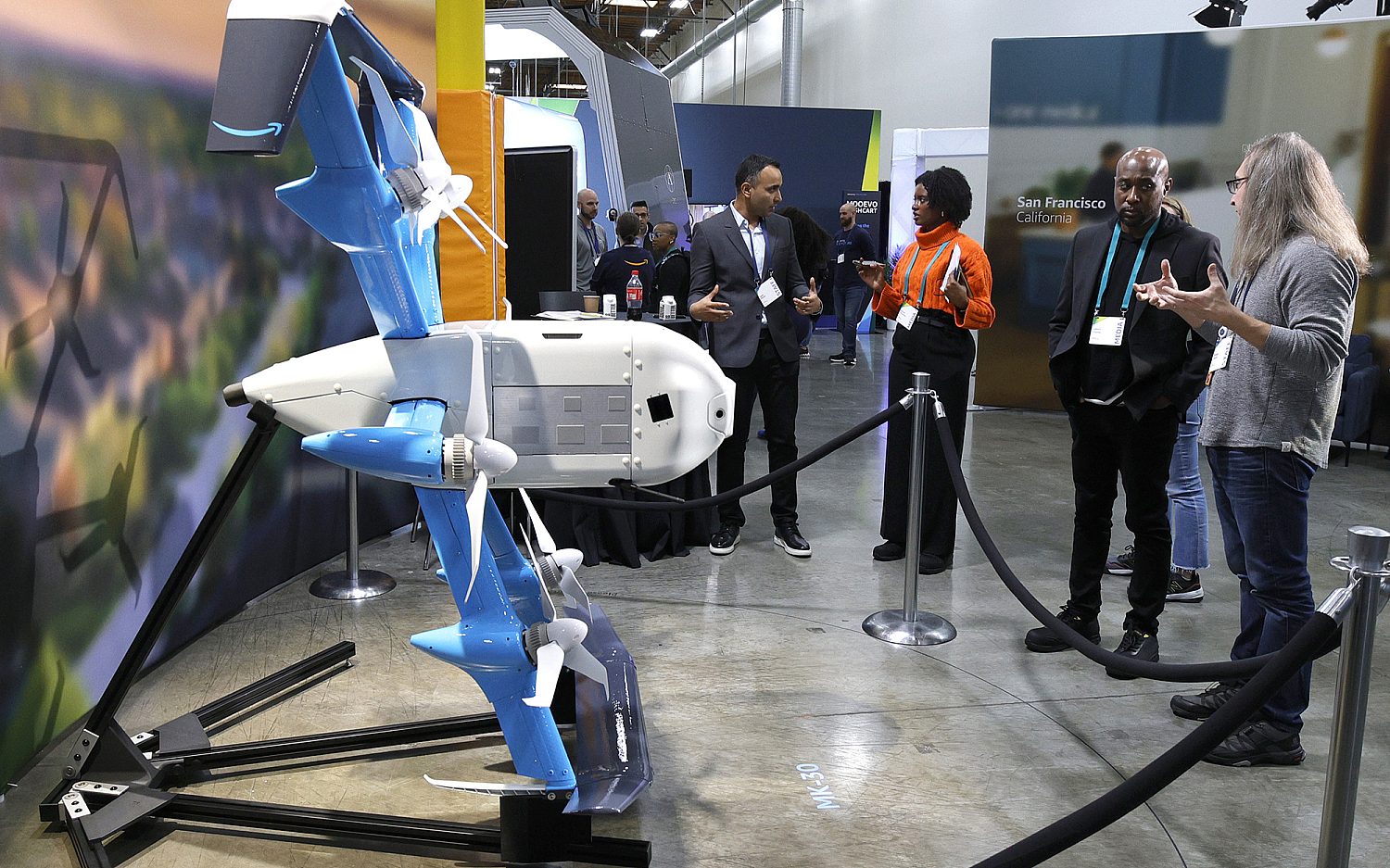Landing in Houston: 'Like sliding down a banister'
Houston airports are set to lead the nation in quiet landings and less pollution. The FAA has redesigned the area’s flight corridors to save fuel, time, and money as planes arrive and depart using GPS satellite technology.
Houston is the first NextGen project to take off, promising to transform the nation’s current radar-based air traffic control system into a more modern satellite-based program. Redesigned air routes going in and out of area airports are based partly on better use of GPS technology. The annual benefits could mean 648,000 fewer nautical miles flown, 3 million less gallons of fuel used, and carbon exhaust cut by up to 31,000 metric tons.
The resulting gain for passengers is enhanced safety and reduced delays—on the ground or in the air. NextGen enables controllers to “guide and track aircraft more precisely on more direct routes.” During takeoff, the satellite-based procedures can provide predictable flight paths, so planes reach a cruising altitude more quickly.
The FAA said last week that pilots arriving at Houston’s two major airports will be able to nearly idle their engines, making a landing “like sliding down a banister.” For pilots, the beauty of satellite-based navigational guidance is that they will no longer have to level off repeatedly to coordinate with air traffic controllers. Instead of conventional angular approaches that bring planes straight-in or through a pattern, precise curved approaches to a runway can maintain the same safety parameters. Seattle skies were a test area for the new national infrastructure program with its Greener Skies project completed in 2013.
NextGen could also allow the FAA to provide radar-like services to areas that previously had no coverage: Since January 2010, part of the satellite-based control system has been tested on flights over the Gulf of Mexico, where aircraft that have high-tech equipment can constantly broadcast location, altitude, and speed.
Like Houston, other areas slated to implement FAA NextGen programs have multiple airports and mega traffic. Among them are Dallas, Washington, D.C., Northern California, Atlanta, and Charlotte, N.C.
Using new technology, the FAA has been able to identify more efficient and direct air routes between Houston’s largest airport—George Bush Intercontinental—and Dallas-Fort Worth, cutting miles flown through a busy corridor.
“Air traffic controllers strongly support the integration of new technologies that help enhance the safety and efficiency of our National Airspace System,” said Paul Rinaldi, president of the National Air Traffic Controllers Association (NATCA). The FAA partnered with NATCA, United Airlines, Southwest Airlines, and the Houston Airport System to complete the NextGen project.
“This redesigned airspace allows us to take full advantage of technology we already have on our aircraft, while simultaneously reducing fuel burn and emissions,” Jim Compton, vice chairman and chief revenue officer for United Airlines, said in a statement.
But the FAA has some competition for designing more efficient travel: Texas and federal officials recently greenlighted a study for a Houston-to-Dallas bullet train corridor, expected to shuttle passengers 250 miles between the nation’s fourth and fifth largest metroplexes in only 90 minutes.
The Associated Press contributed to this report.
An actual newsletter worth subscribing to instead of just a collection of links. —Adam
Sign up to receive The Sift email newsletter each weekday morning for the latest headlines from WORLD’s breaking news team.




Please wait while we load the latest comments...
Comments
Please register, subscribe, or log in to comment on this article.